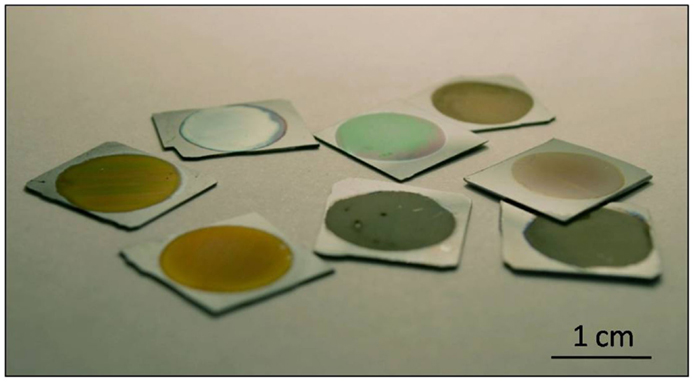Do you look for 'silicone thesis'? Here you will find all the details.
Table of contents
- Silicone thesis in 2021
- Silicone thesis 02
- Silicone thesis 03
- Silicone thesis 04
- Silicone thesis 05
- Silicone thesis 06
- Silicone thesis 07
- Silicone thesis 08
Silicone thesis in 2021
 This picture shows silicone thesis.
This picture shows silicone thesis.
Silicone thesis 02
 This image representes Silicone thesis 02.
This image representes Silicone thesis 02.
Silicone thesis 03
Silicone thesis 04
 This picture demonstrates Silicone thesis 04.
This picture demonstrates Silicone thesis 04.
Silicone thesis 05
Silicone thesis 06
 This picture shows Silicone thesis 06.
This picture shows Silicone thesis 06.
Silicone thesis 07
 This image representes Silicone thesis 07.
This image representes Silicone thesis 07.
Silicone thesis 08
How are silicones produced in the chemical industry?
Silicones are manufactured from pure silicon which has been obtained by the reduction of silicon dioxide (silica) in the form of sand with carbon at high temperatures: The production of silicones from silicon takes place in three stages: a) synthesis of chlorosilanes b) hydrolysis of chlorosilanes
What are the physical properties of silicon dioxide?
Silicones are synthetic polymers with a silicon-oxygen backbone similar to that in silicon dioxide (silica), but with organic groups attached to the silicon atoms by C-Si bonds. The silicone chain exposes organic groups to the outside. Thus, despite having a very polar chain, the physical properties of silicones are similar to those of an alkane.
Who are the growers of silicon nanocrystal material?
The growers of the silicon nanocrystal material, Szu-Lin Cheng and Satoshi Ishikawa of the Yoshio Nishi group, provided material with very little turnaround. It was a pleasure to collaborate with them and discuss the future applications of silicon photonics.
Why are optical de vices based on silicon?
Because silicon and silicon compatible materials have dominated electronic development, optical de- vices must also conform to the silicon platform. One of the greatest challenges in building such an integrated opto-electronic system is the development of an efficient Si-compatible light emitter.
Last Update: Oct 2021